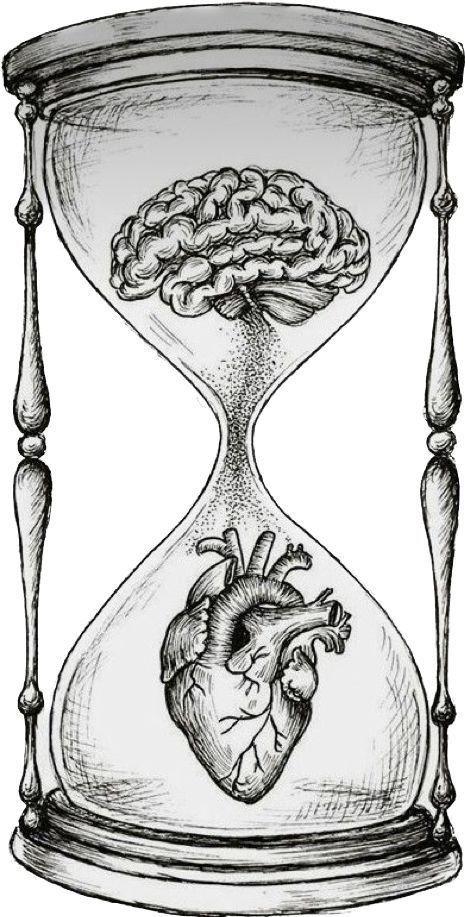The Art of Time Drawing: Capturing Moments Through Art
Time drawing is a captivating and often underappreciated form of artistic expression that blends the principles of time management and the nuances of visual art. This technique involves capturing moments, emotions, and scenes within a limited timeframe, emphasizing spontaneity, creativity, and the artist's ability to convey a subject's essence quickly and effectively.
The Essence of Time Drawing
At its core, time drawing challenges artists to produce work within a set period, ranging from a few minutes to several hours. This constraint pushes artists to prioritize their observations, make rapid decisions, and convey their subjects' most critical elements without overthinking or overworking their pieces. The result is often a raw, energetic representation that can reveal more about the subject—and the artist—than more polished, time-consuming artworks.
Historical Context
The practice of time drawing has roots in various artistic traditions. In the Renaissance, masters like Leonardo da Vinci and Michelangelo often sketched quickly to capture the dynamic forms of human anatomy. Similarly, the Impressionists of the late 19th century, such as Claude Monet and Edgar Degas, focused on capturing fleeting moments of light and movement, often working rapidly to keep pace with changing conditions.
In the modern era, time drawing has found a place in educational settings, where it is used to teach art students the fundamentals of observation, proportion, and composition. Life drawing classes, where models hold poses for short periods, are a common example. These sessions train students to see and depict the human form quickly and accurately, enhancing their overall drawing skills.
Techniques and Tools
Time drawing can be executed with various tools and techniques, each offering unique advantages:
Pencil and Charcoal: These traditional mediums are favored for their versatility and ease of use. Artists can create quick, expressive lines and make adjustments easily.
Ink and Brush: Working with ink requires confidence and precision. The permanence of the medium forces artists to commit to their marks, resulting in bold, decisive artwork.
Digital Tools: Tablets and digital pens have opened new avenues for time drawing. Software like Procreate and Adobe Fresco offer tools that mimic traditional mediums while providing the flexibility of digital editing.
Benefits of Time Drawing
Engaging in time drawing offers numerous benefits for artists of all levels:
Enhanced Observation Skills: The need to capture a subject quickly sharpens the artist's ability to observe and interpret essential details.
Improved Decision-Making: Time constraints force artists to make swift decisions about composition, proportion, and shading, honing their instinctual skills.
Reduced Perfectionism: The emphasis on speed helps artists overcome the fear of making mistakes, encouraging a more fluid and relaxed approach to creating art.
Increased Productivity: Regular practice of time drawing can lead to higher productivity, as artists learn to work efficiently and effectively within limited timeframes.
Practical Applications
Time drawing is not only a valuable practice exercise but also has practical applications in various fields:
Storyboarding: In film, animation, and advertising, storyboards are often created quickly to convey ideas and plan scenes.
Fashion Design: Designers frequently use quick sketches to brainstorm and present new clothing concepts.
Urban Sketching: Artists who document their surroundings in sketchbooks often work quickly to capture the essence of bustling cityscapes and fleeting moments.
Conclusion
Time drawing is a dynamic and enriching practice that bridges the gap between disciplined observation and spontaneous creativity. Whether for educational purposes, professional applications, or personal enjoyment, this art form offers unique opportunities to develop skills, express ideas, and connect with the world in a profoundly immediate way. Embracing the challenge of time drawing can lead to artistic growth, increased confidence, and a deeper appreciation for the beauty of fleeting moments.






